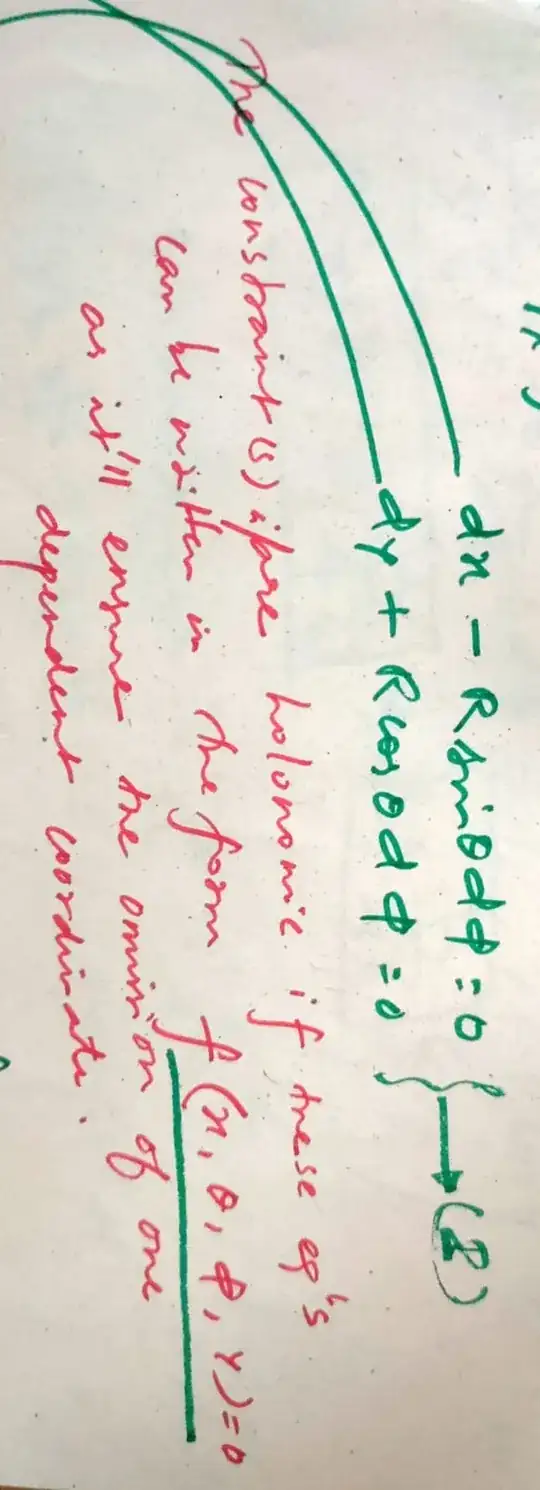This particular question is from eq. (1.39) in Goldstein "Classical mechanics".
I've seen 2 kinds of solutions for a pure rolling disc on a 2D plane (i) using "differential 1-form" and (ii) using "vector field props" (curl specifically) both of which I can't quite grasp properly. So looking for some human answers with insights.
